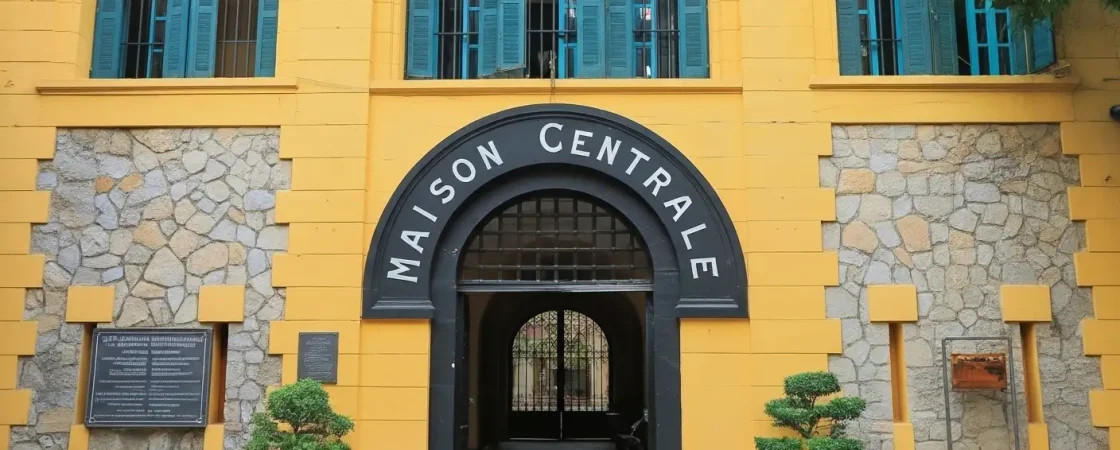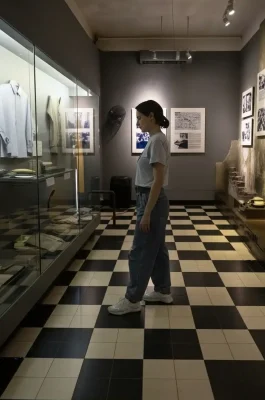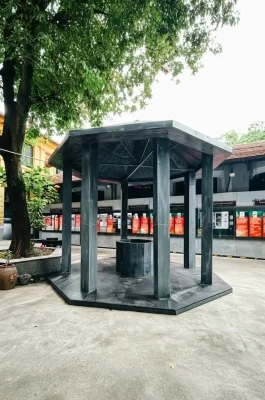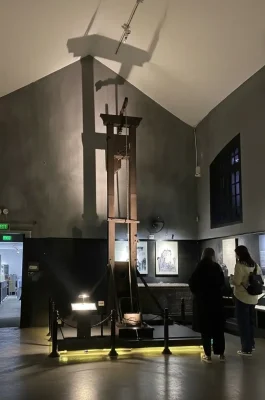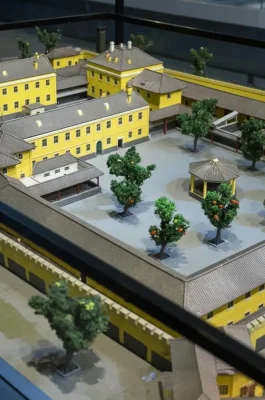Hỏa Lò Prison, often dramatically referred to by American POWs as the “Hanoi Hilton,” is a historical landmark and museum in central Hanoi. The site offers a powerful, albeit one-sided, look into Vietnam’s tumultuous history, focusing on the suffering of Vietnamese revolutionaries under French colonial rule and the treatment of American prisoners of war during the Vietnam War.
I. History & Dual Identity
Maison Centrale (French Colonial Era): Built by the French in 1896, the prison was originally one of the largest and most brutal colonial prisons, named “Maison Centrale” (Central House). Its local name, “Hỏa Lò,” translates to “fiery furnace” or “stove,” referring to the pottery kilns that once stood on the site. It was designed to hold and suppress Vietnamese political prisoners and revolutionaries fighting for independence.
Symbol of Vietnamese Resilience: The primary focus of the museum today is showcasing the harsh conditions and torture methods used by the French, emphasizing the resilience, patriotism, and heroic escapes of the Vietnamese inmates. Exhibits include dark, cramped cells, shackles, and a horrifying cachot (dungeon).
“Hanoi Hilton” (Vietnam War Era): During the Vietnam War (referred to in Vietnam as the American War), the prison held captured American pilots, including future U.S. Senator John McCain. The American POWs derisively nicknamed it the “Hanoi Hilton.” The exhibits depicting this period, however, emphasize the “good treatment” of the American prisoners, a depiction that is often contested by former POWs.
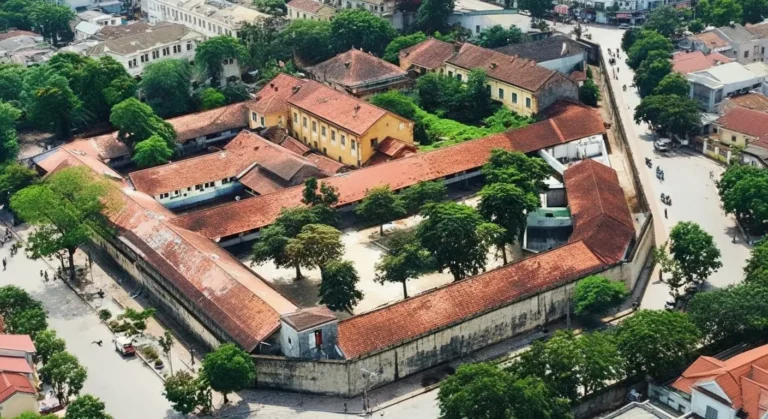
II. Visitor Experience
The Artifacts: Visitors can explore the preserved cell blocks, see the French guillotine used for executions, and view numerous historical photographs, artifacts, and detailed dioramas that bring the grim past to life.
Night Tours: The prison is famous for its special “Sacred Night” tour programs (usually held on weekends), which use lighting, sound effects, and actors to recreate dramatic scenes and offer a more immersive, intense, and emotionally charged historical experience. Tickets for the night tour must be booked in advance and are significantly more expensive than daytime entry.
Atmosphere: The site is a somber and powerful experience. Visitors should be prepared for a strong political narrative that highlights Vietnamese heroism and suffering.
III. Practical Information
| Detail | Information |
|---|---|
| Address | 1 Hỏa Lò Street, Trần Hưng Đạo Ward, Hoàn Kiếm District, Hanoi. |
| Opening Hours (Daytime) | 8:00 AM – 5:00 PM daily (including holidays). |
| Entrance Fee (Daytime) | VND 50,000 per person (Adults). Some older sources cite VND 30,000. |
| Audio Guide | Available for an additional fee (VND 50,000 is common) and highly recommended for comprehensive context. |
| Night Tour | Available on specific weekend evenings (e.g., Friday, Saturday). Prices are much higher (e.g., VND 399,000 to VND 499,000) and booking is essential. |
| Telephone | +84 24 3845 5128 (Contact for general inquiries, though direct phone booking is rare). |
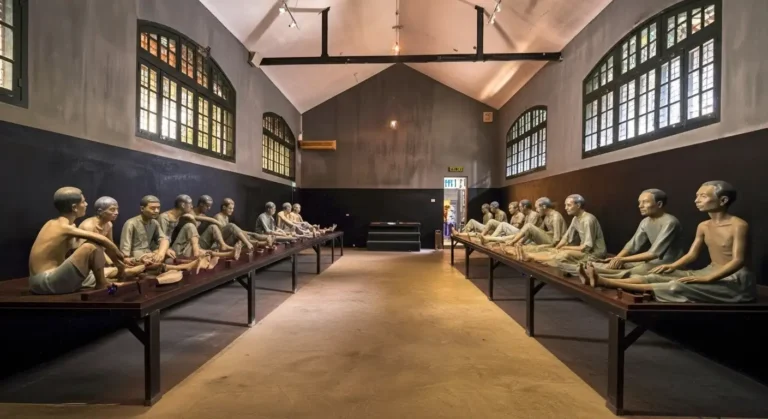
IV. Travel Tips
Location: Hỏa Lò Prison is centrally located, making it easy to visit on foot or by a short Grab ride from the Old Quarter or Hoàn Kiếm Lake.
Duration: Allow 1 to 2 hours for a thorough self-guided tour.
Emotional Content: The content is graphic and emotionally heavy, particularly the depictions of colonial-era torture and death sentences.
Behavior: Dress respectfully, and maintain a quiet, solemn demeanor throughout the visit. Touching or moving exhibits is strictly prohibited.
